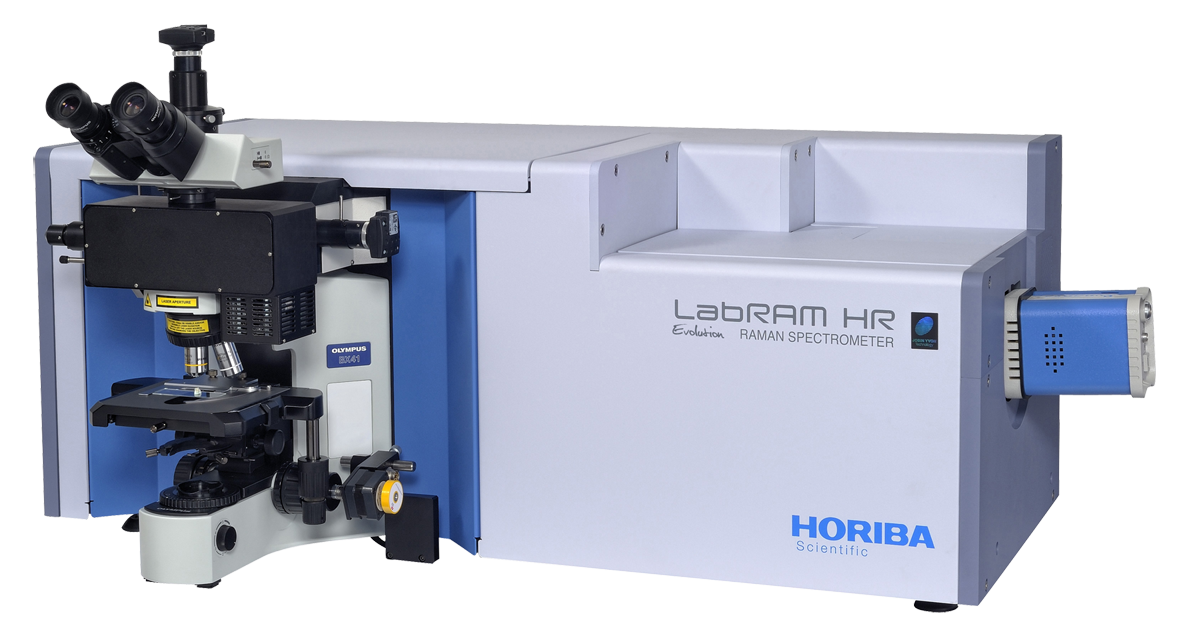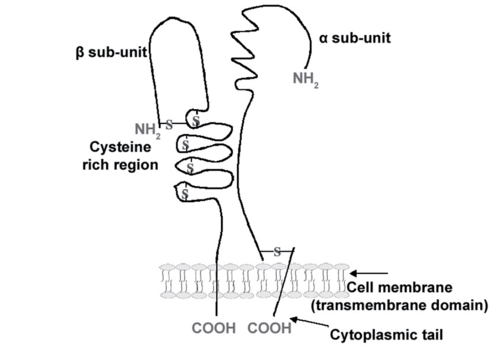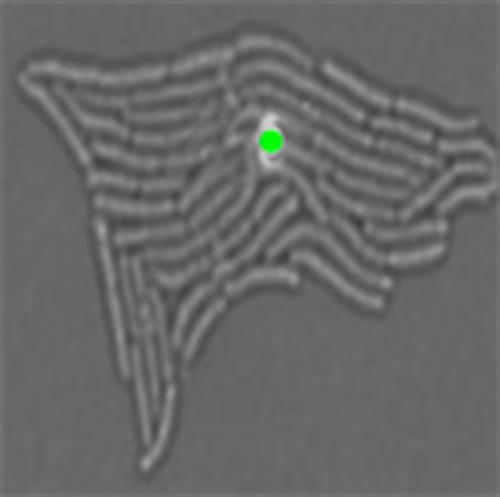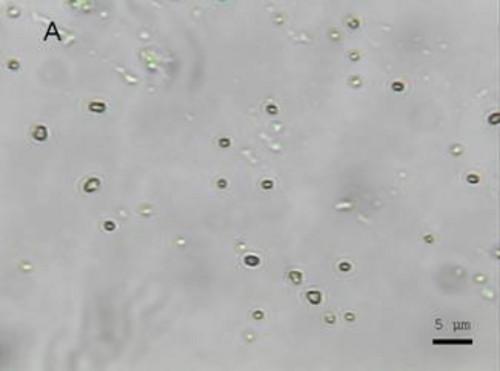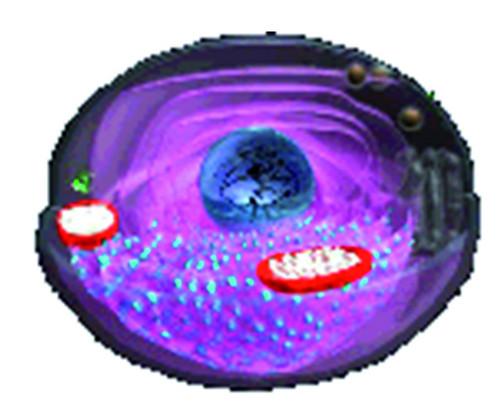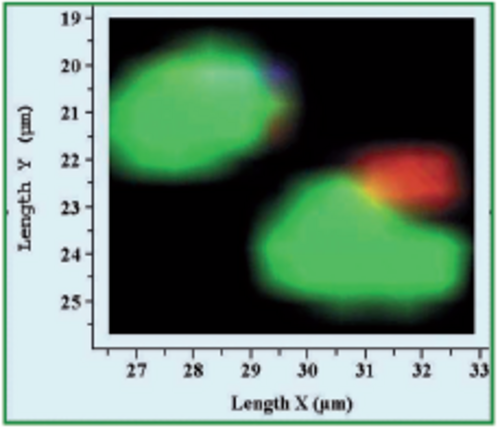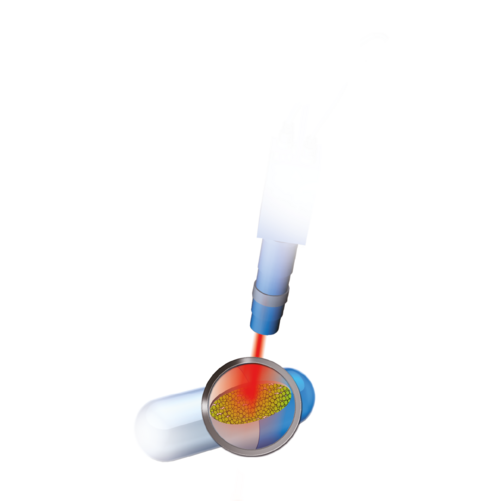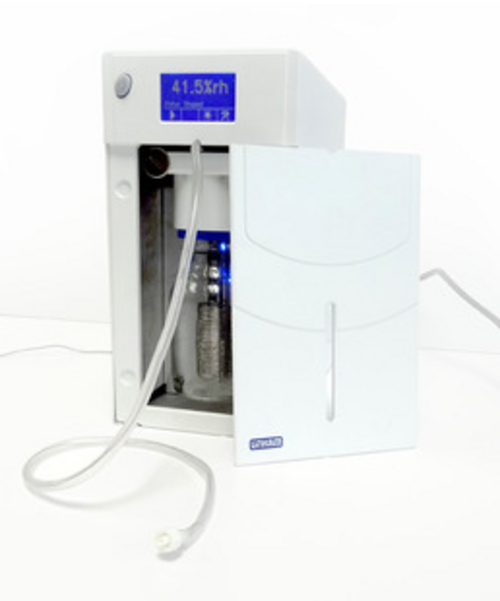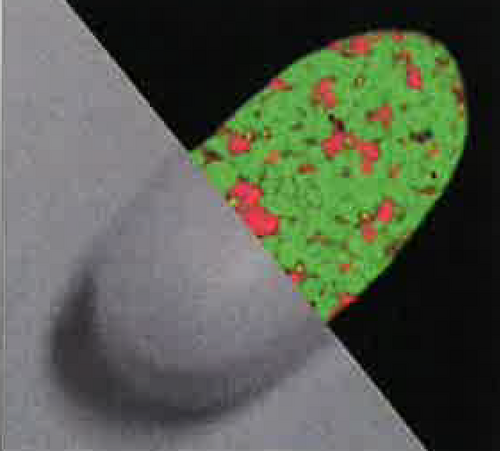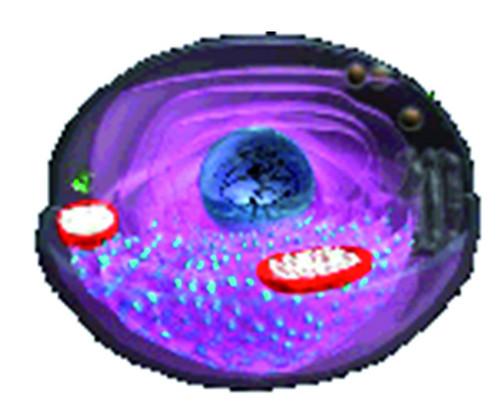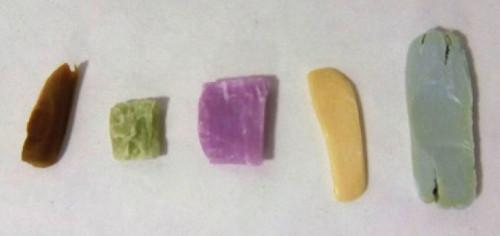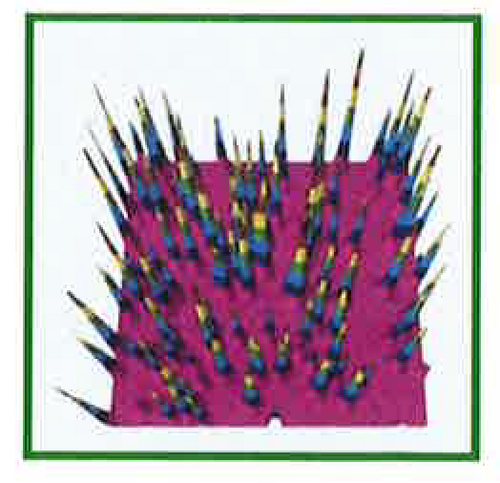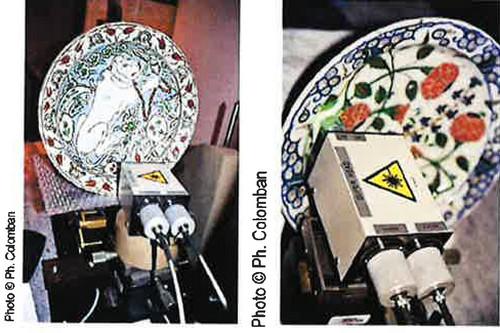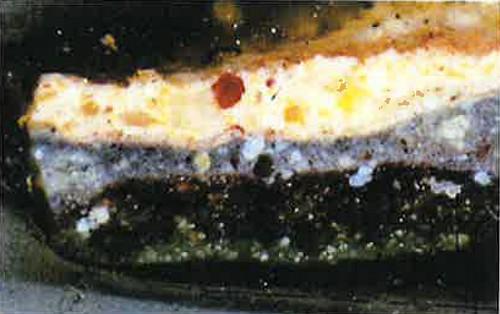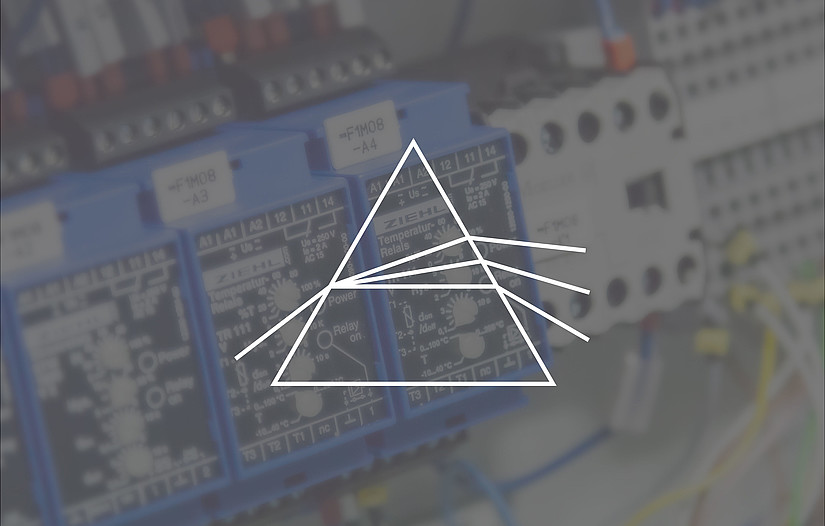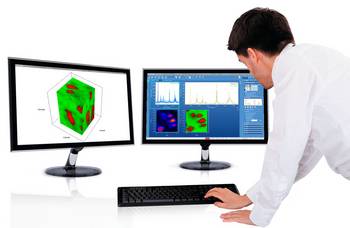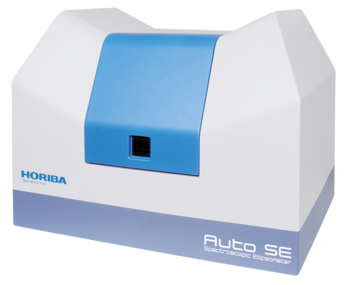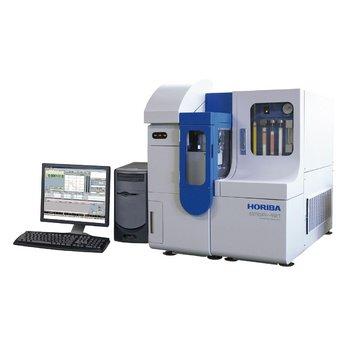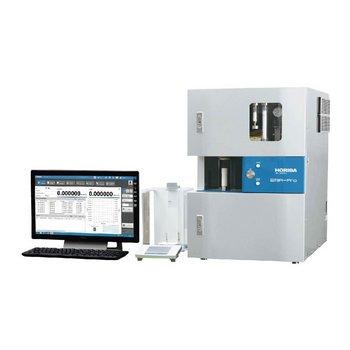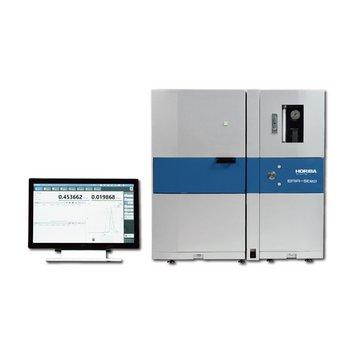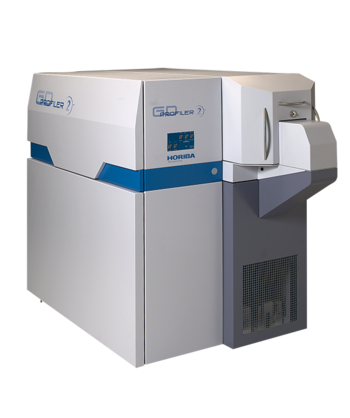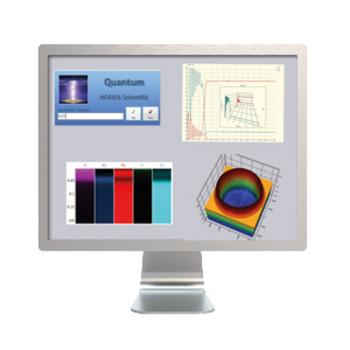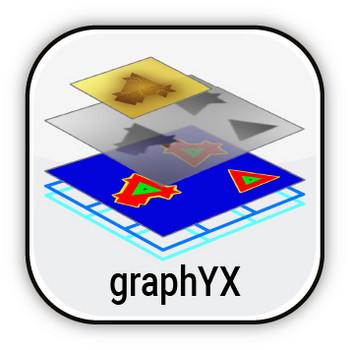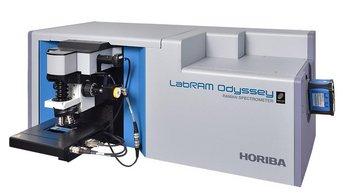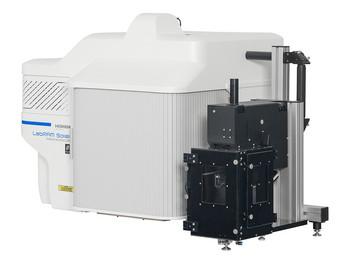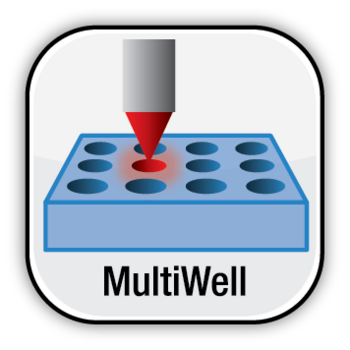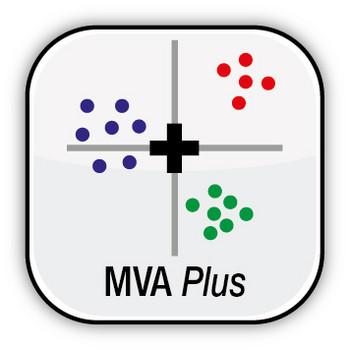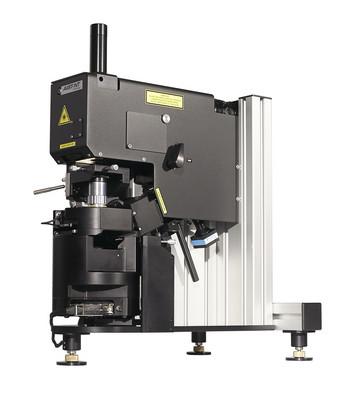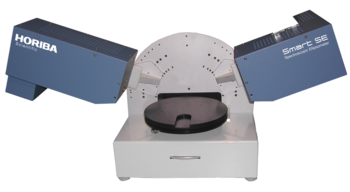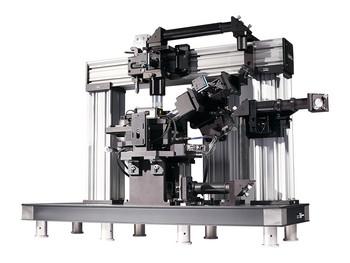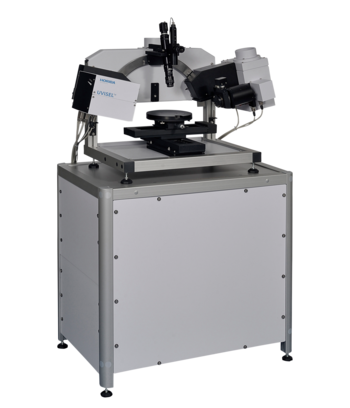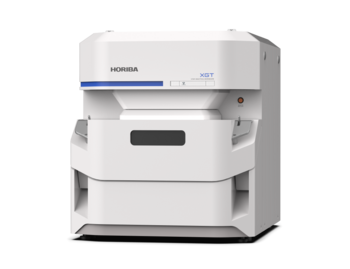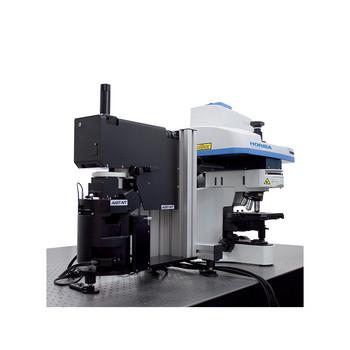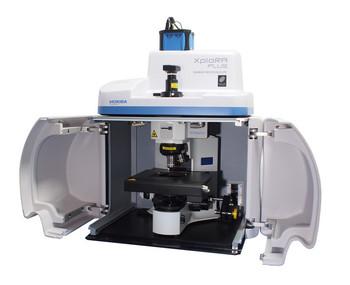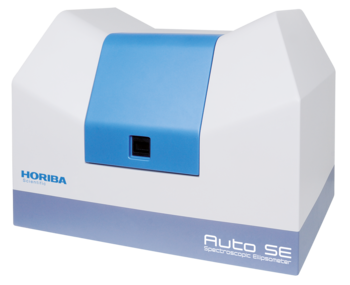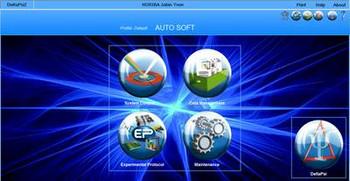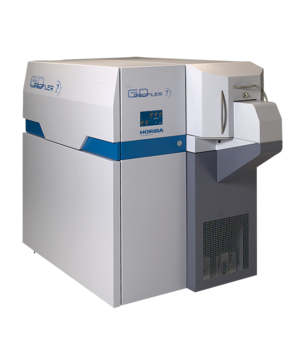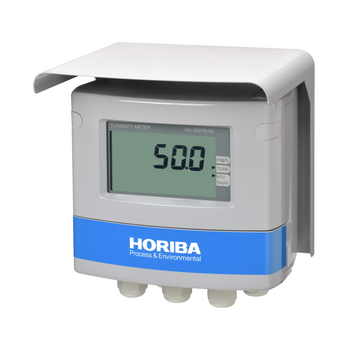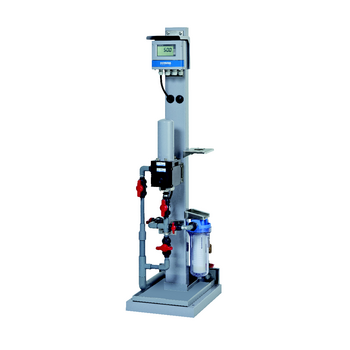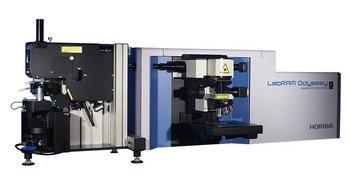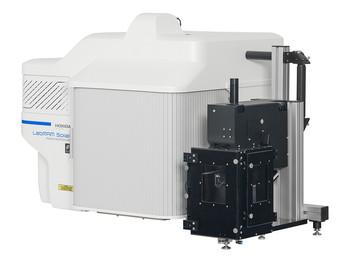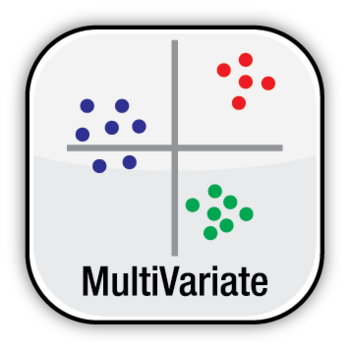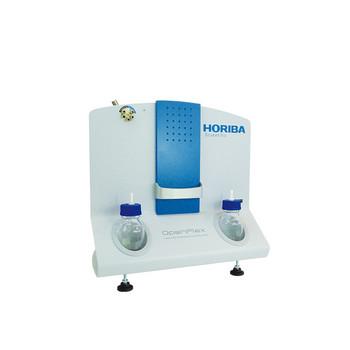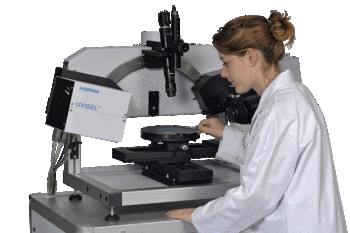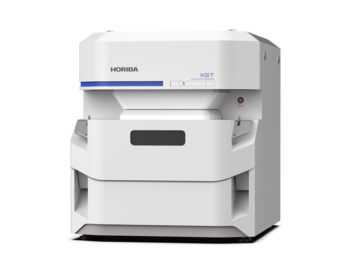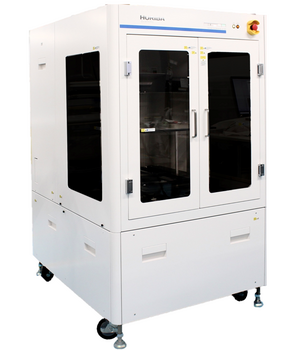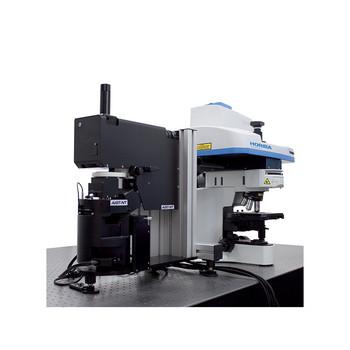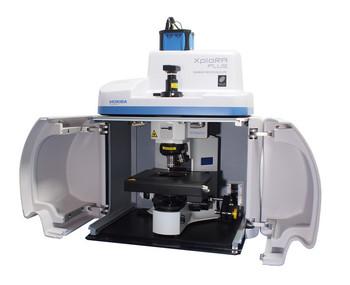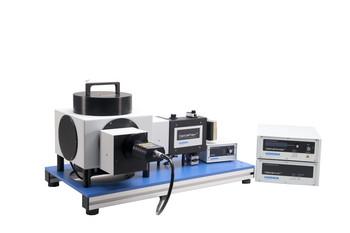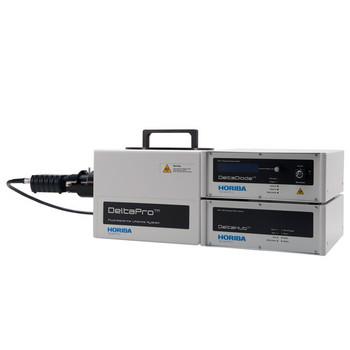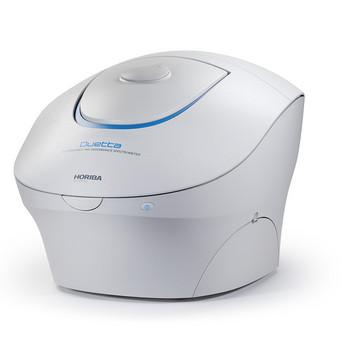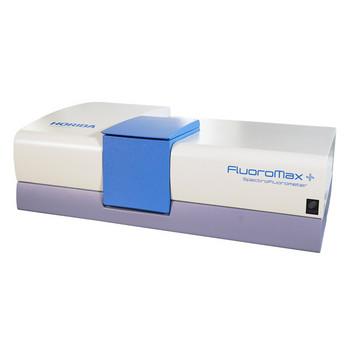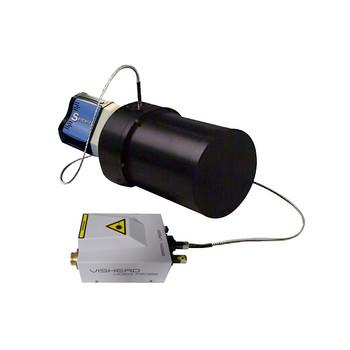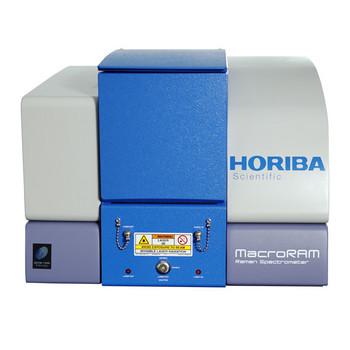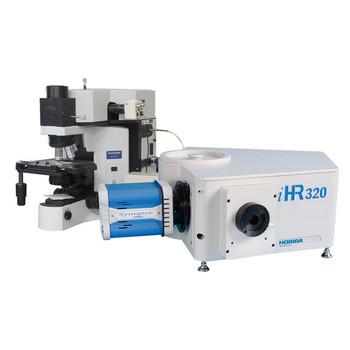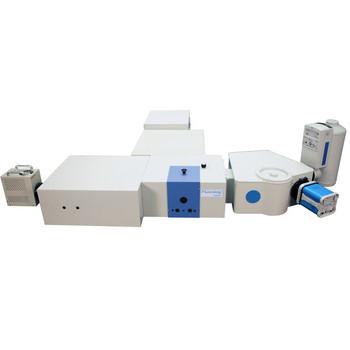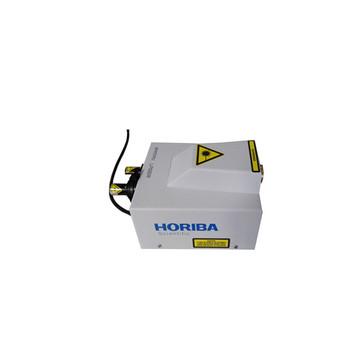
 This product has been discontinued and is no longer available. You can still access this page for informational service purposes.
This product has been discontinued and is no longer available. You can still access this page for informational service purposes.
This product's features have been integrated into a new model.
Continue to successor
LabRAM HR Evolution
Confocal Raman Microscope
Our LabRAM HR Evolution, the world renowned Raman solution for research and analysis, is now the LabRAM Odyssey. The LabRAM Odyssey offers all the familiar features of the LabRAM HR Evolution with additional capabilities and improvements. Read all about it on the new LabRAM Odyssey product page.
Filter
- Segment
- Name
- Product line
- IndustryHuman Health Care (1)Quality Assurance (4)Art Conservation (4)Material Research (9)Metal & Mining (1)Nonmetallic Minerals (1)Hydrogen (1)Chemicals (8)Polymers & Plastics (8)Battery (2)Automotive Manufacturing (2)Life Sciences (1)Microbiology (3)Biology (1)Genomics (1)Cell (1)Drug Development & Formulation (5)Counterfeit (1)Drug Delivery (1)Cosmetics (3)Carbon based materials - Graphene (5)Semiconductors (9)2D Materials (3)Corrosion (1)Display Technologies (1)Food (1)Food quality (1)Non Alcoholic Beverages (1)Museums, Historical Sites, and Similar Institutions (1)Environmental Countermeasures (1)Microplastics (1)
- Application Group
- Measurement Technique
There are no results for this filter combination!
Quality control of hand sanitizer gels and 70% alcohol products using Raman spectroscopy

Disinfecting your hands with hydroalcoholic gel has become a daily practice. In the meanwhile, 70° alcohol has been used for even longer to disinfect wounds. But, to remain efficient, the alcohol concentration of these products must not be below a defined threshold and must be controlled. This application note demonstrates how to evaluate alcohol concentrations in a quality control process with Raman.
Co-localized microscopy techniques for pyrite mineral spatial characterization
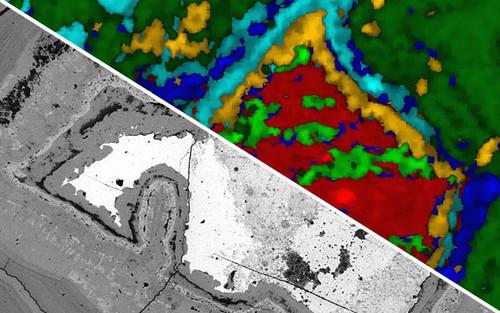
In this study we have chosen to investigate pyrite and its surrounding minerals in order to identify the different mineral phases as well as the chemical variations from micro- to nano-scale. Using the different microscopes instruments and being co-localized allows a comprehensive characterization of the sample and a precise superimposition of all the images.
Proton Exchange Membrane Fuel Cell Bipolar Plate Analyses by GD-OES and Raman
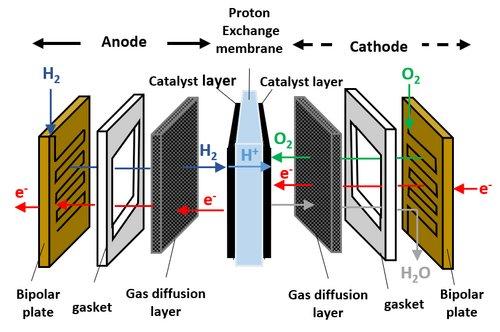
Bipolar plates are key components of proton exchange membrane fuel cells – they notably distribute fuel gas and air and conduct electricity. Various materials and surface treatments have been developed to improve their properties. Here, we described a reverse engineering study on a bipolar plate from a commercial vehicle using GD-OES and Raman spectroscopy. The analyses revealed that the plate had an amorphous carbon coating on a titanium base plate.
Three Dimensional Raman Imaging
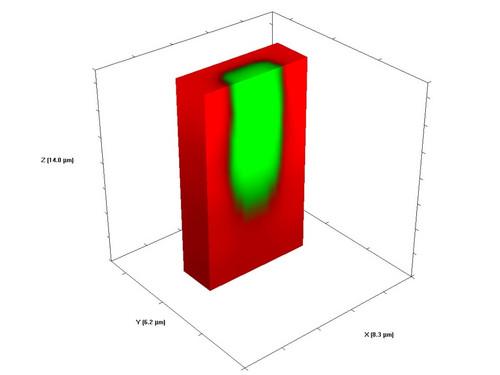
Segmented channel waveguides have been fabricated in single crystal KTiOPO4 through a topotactic process of partial cation exchange. The ion-exchanged waveguides maintain the high nonlinear susceptibility of KTiOPO4 to function as frequency doubling laser light sources. We apply three dimensional (3D) Raman imaging to understand and characterize the changes to the chemical bonding and crystalline structure as well as measure the volumetric structure of the waveguide segments.
Raman Microscopy Applied to Polymer Characterization: An Overview
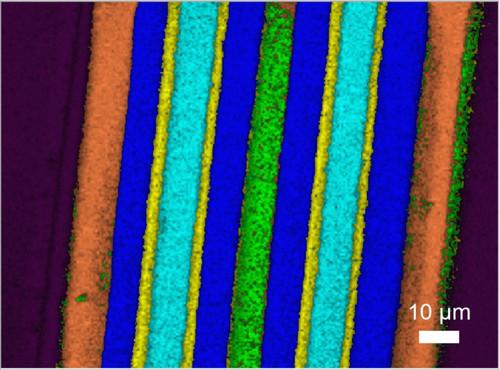
Raman microscopy is an excellent tool to address the polymer research. Raman microscopy can be used to characterize raw materials, to inline or outline monitor polymerization process, to investigate orientation and crystallization changes, and also to control the quality and traceability of genuine products, by understanding defects and compounds distribution. In this article we present how HORIBA Raman microscopy solutions can support the polymer chemical and structural understanding.
Raman Spectroscopy Applied to the Lithium-ion Battery Analysis
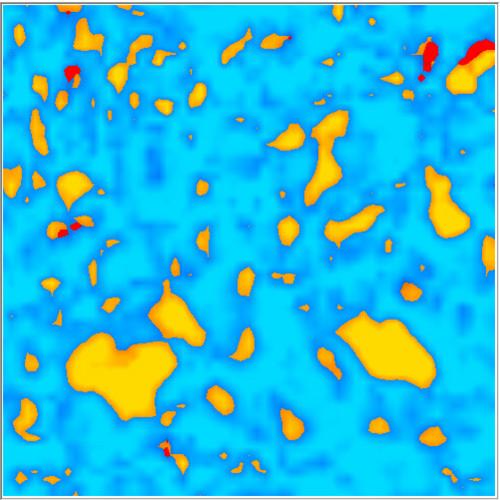
The application note explains how the Raman Spectroscopy can be helpful in the analysis of cathodes and anodes in Li-ion batteries. Today’s state of art of technology requires more reliable, more efficient and powerful energy sources. Lithium-ion batteries are thus of high interest. Raman spectroscopy adapts to the different stages of life of these batteries, such as the characterization of new materials for more flexible systems, failure analysis; but also more standard analysis of used material during charge/discharge process, including structural and electronic properties, and even robust, automated QC tests.
Raman Analysis of Single Bacteria Cells
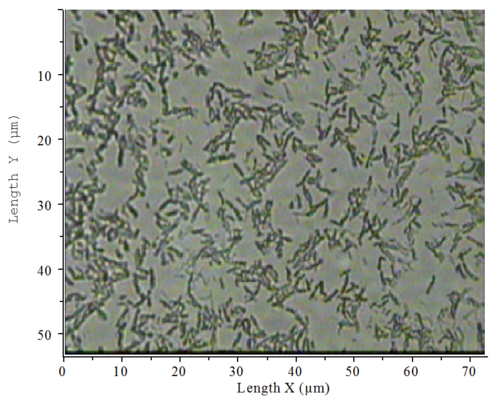
Traditionally, Raman has been a technique of the material scientist, physicist or chemist, but as instrumentation continues to evolve, the power of Raman in biological and medical applications is fast being realized, not least because of the high information content provided and an excellent tolerance for water.
Raman Imaging of monkey brain tissue
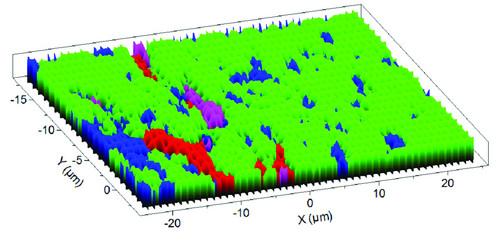
Fast and non-invasive methods for clinical and non clinical investigations for biological tissue are more and more required. Raman imaging at micro scale can answer to crucial questions about the monkey brain tissue morphology and structural evolution.
Raman Analysis of Sperm Nuclear DNA Integrity
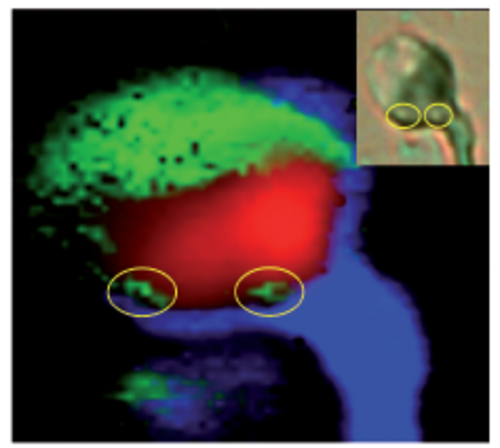
Raman Spectroscopy was evaluated as a non-invasive method of analysis of sperm DNA and the influence of UV irradiation on the sperm. The results show that Raman Spectroscopy, combined with multivariate analysis provide the reproducible and accurate information on DNA of sperm and the effect and location of damage.
Raman Microscopy in Pharmaceutical Salt Analysis
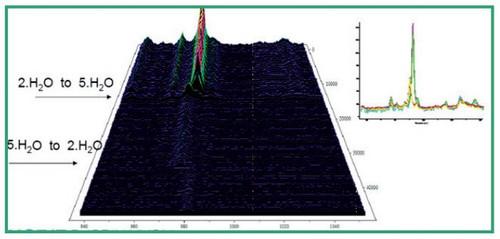
Pharmaceutical and crystallographic samples typically require detailed characterization and analysis to optimize a samples stability, physical properties and indeed general efficacy where an active drug substance is involved.
Investigating the atherosclerosis process by monitoring lipid deposits including cholesterol and free fatty acids
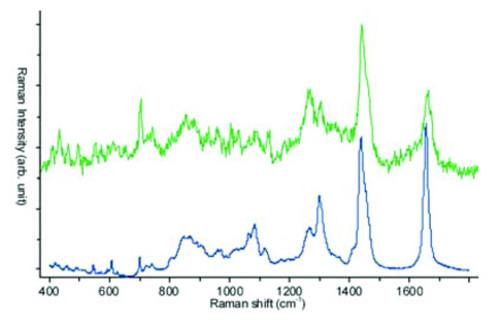
In Vivo Raman measurements of Human Skin
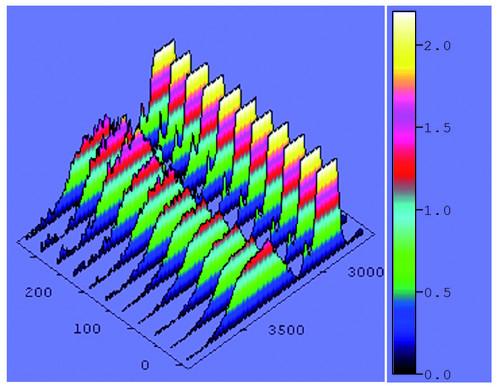
Confocal Raman spectroscopy is beginning to be recognized as a high potential technique for the non invasive study of biological tissues and human skin under in vivo conditions. Raman spectroscopy can be applied to obtain information regarding the molecular composition of the skin down to several hundred micrometers below the skin surface.
Graphene Studies using Raman Spectroscopy
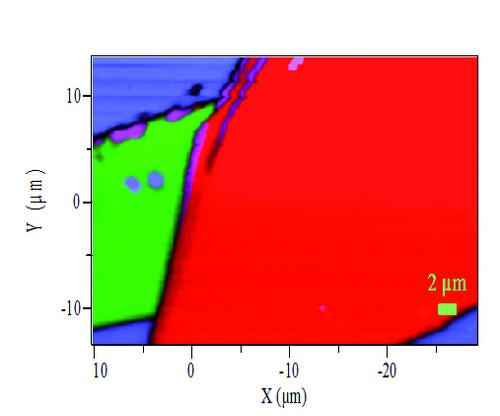
Graphene is a new nanomaterial which may partially replace silicon in microcircuits and computer chips in the future. In order to better understand its quality characteristics, fast reliable techniques that deliver the right property measures are needed. Raman spectroscopy has emerged as a key technique for studying this exceptional material.
SWNT Quality Control by Raman Spectroscopy
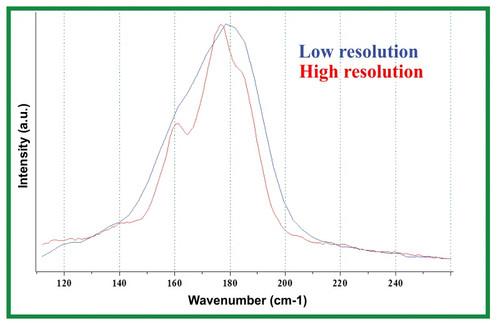
Raman has shown a high potential in characterising the SWCNTs' structure. The correlation between knowledge about structure with physical and chemical properties about the tubes make the technique
extremely powerful to control the quality of the SWCNTs for specific applications. Raman spectrometer capabilities like spatial resolution, spectral resolution and excitation wavelength versatility have been examined. Beside Raman, preliminary fluorescence studies are describing the potential of the technique.
Coloured Diamond Defect Identification by Raman Diffusion and Photoluminescence

The colour enhancement treatment on native brown and yellow diamonds can be highlighted by Photoluminescence analyses performed with the Raman spectrometer LabRAM HR. The PL signature of green and violet diamonds has also been recorded. The defect centres responsible of the colour of the diamonds have all been detected and assigned. This proves the Raman spectrometer to be a very good tool to investigate the fine defects in the Diamond structure by Photoluminescence analysis.
Derivation of Physical Parameters from Raman Spectra of Hard Carbon Films
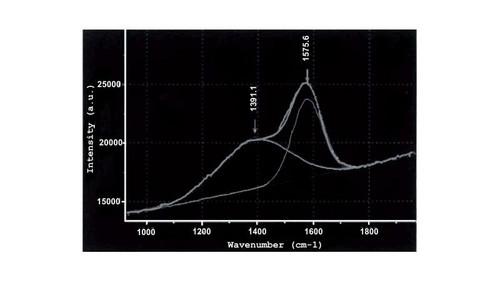
The Raman spectra of elemental carbon materials are known to be sensitive to polymorphy. For hard carbon films, the spectra of amorphous and diamond-like carbons can be band-fit to separate the contributions of the "graphitic carbon" (G band) from the "disordered carbon" (D band). The spectral behaviour of carbon films has been empirically correlated with thin film physical properties such as hardness, durability, optical transparency, electrical conductivity, thermal conductivity and corrosion resistance, and can be of use for prediction of these properties without extensive alternative testing. The DiskRam has been designed to automate the collection of Raman spectra from hard carbon coatings on computer hard disk media and the extraction of parameters that are well correlated with the properties of the films. The extracted information is output in spreadsheet format for SPC at a manufacturing facility.
Impact of Raman Spectroscopy on Technologically Important Forms of Elemental Carbon
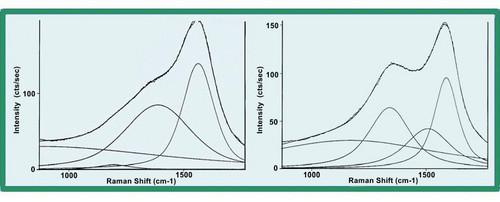
The Raman spectra of the various forms of elemental carbon are very sensitive to the type of nearest neighbour bonding, and to intermediate and long range order. In many cases Raman spectroscopy is the technique of choice for characterization of carbon materials. Correlation of Raman spectral features with tribological properties can facilitate the deposition of carbon films.
Number of Layers of MoS2 Determined Using Raman Spectroscopy
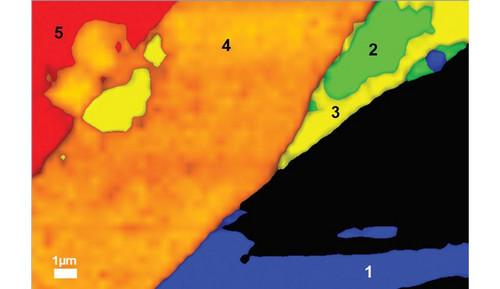
The two methods - Analysis of fingerprint modes (intralayer) and Analysis of low-frequency modes (interlayer) - give complementary results and allow the determination of the number of MoS2 layers. Method 2 (using low frequency modes) gives excellent contrast; however it does not show single layer regions (which is related to the nature of the modes, rising from interaction between at least two layers). Method 1 (using fingerprint modes) shows all the layers, but the contrast is poorer, particularly for higher numbers of layers. The best result can be obtained combining the two methods. All the measurements (low-frequency and fingerprint) were done using ultra-low frequency ULFTM filters which allow a high throughput measurement in a full Raman range, down to <10 cm-1.
Characterization of MoS2 Flakes using TEOS
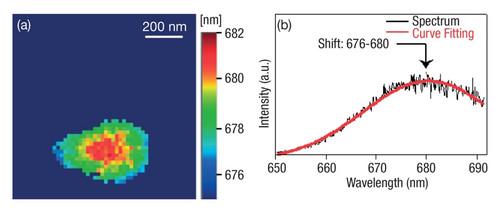
Both TEPL and TERS images are well correlated with AFM morphological images obtained simultaneously, and all are consistent in revealing the nature (number of layers) of MoS2 flakes. Upon deconvolution, the TEPL signal is even capable of revealing local inhomogeneities within a MoS2 flake of 100 nm size. Kelvin probe measurement supports TEPL and TERS measurements and adds to the power of such tip-enhanced combinative tools. TEOS characterization of 2D materials is likely to contribute to further deployment of these materials into commercial products through a better understanding of their electrical and chemical properties at the nanoscale.
Combined Raman and Photoluminescence Imaging of 2D WS2
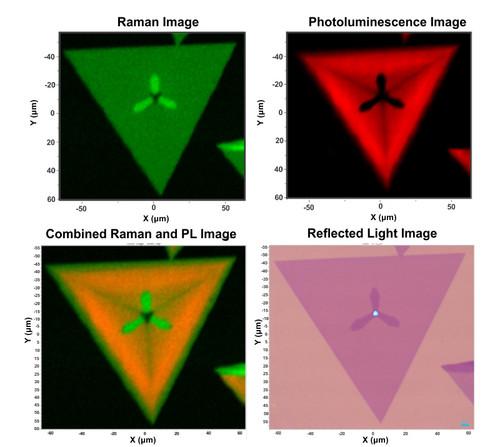
Raman and photoluminescence spectroscopy reveal different aspects of the solid state structure of 2D materials. Raman and photoluminescence imaging performed simultaneously with one instrument reveals the spatial variation of the solid state structure and electronic properties of 2D crystals that is not revealed in reflected white light imaging. That ability should allow materials scientists to better design and fabricate electronic and optoelectronic devices based upon 2D crystals.
Microscopic Measurement of Diffusion
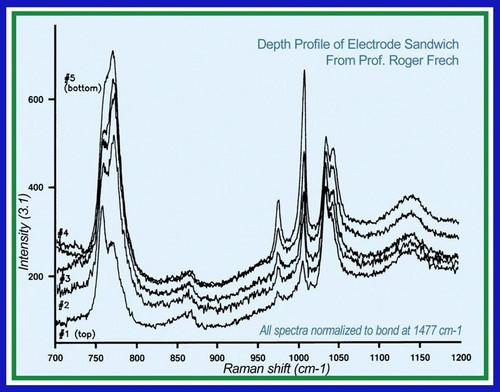
In order to engineer materials with controlled diffusive properties, we need to be able to measure the diffusive process in situ. Ideally, we would like a technique that provides molecular information with resolution on a microscopic scale, that is non destructive of the samples, and can be set up and used on a laboratory bench top with a minimum of time and effort involved in sample preparation. Raman microprobe spectroscopy is an ideal candidate for this type of studies. Use of visible light combined with a confocal microscope provides a probe with spatial resolution of a micron or better, and coupling of such a microscope to a modern Raman spectrometer equipped with holographic notch filters and CCD multi channel detectors allows rapid acquisition of Raman spectra which can be correlated with the chemical state of the species and its physical environment.
Strain Measurements of a Si Cap Layer Deposited on a SiGe Substrate, Determination of Ge Content
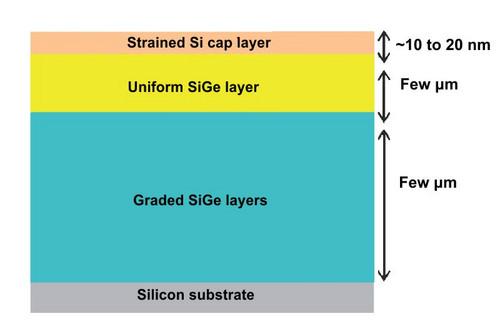
Raman spectroscopy is a very well suited technique to determine both Ge fraction and strain in SiGe layers and Si cap layers. Moreover the possibility of using both UV and visible excitation lines on the same instrument is essential to study structures made up of a Silicon cap layer on top of a SiGe layer. The relative Ge content in the constant Si1-xGex layer is calculated from the visible Raman spectrum and the strain of the cap Si layer is derived from the UV Raman spectrum.
Concentration Profile Measurements in Polymeric Coatings During Drying by Means of Inverse-Micro-Raman-Spectroscopy
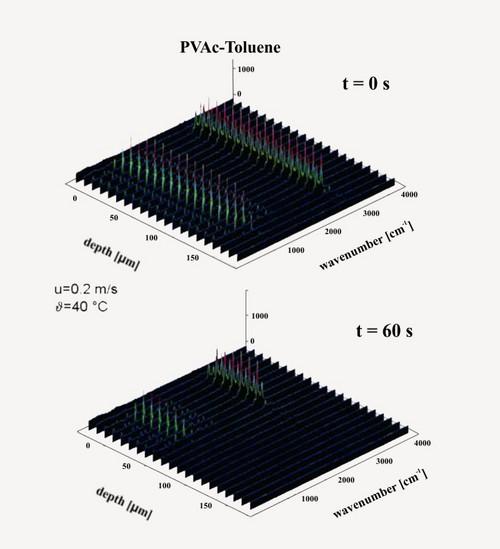
The coupling of the power of confocal Raman microscopy to the inverted sampling geometry has enabled detailed investigations to be made of solvent and water based coating systems, providing important information on the processes and chemistry that occurs at the coating interface and within.
Localisation of Polymeric Phases by Raman Microscopy Mapping Components of a Blend in a Plane and Depth Profiles of Laminated Film

Blending, an alternative method for engineering products that combines the properties of polymer types is a physical mixing. It has the advantage of being not only simple and inexpensive, but also allows for re-cycling used material. Incompatibility or non-miscibility of the differing chemical components is often an issue in the final performance of the polymer product. The first part of this note concerns the dispersion of the two components in a polyethylene-polybutylene terephthalate blend. The chemical imaging capabilities of the LabRAM are used to get this information. The second part deals with the depth analysis of laminated films made of different polymer layers.
Transmission Raman Spectroscopy: Review of Applications
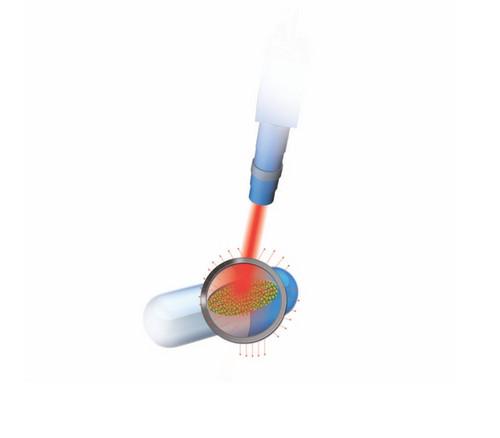
The transmission design has demonstrated to be the technique of choice whenever Raman spectral information of a bulk material is required. It has already proven its utility for pharmaceutical applications, as tablets or even powder mixtures are good candidates for this measurement mode. However, transmission Raman might be applied successfully to other sample types, such as polymers, bio-tissues or any translucent material, and can be envisaged for evaluating the content of product inside a package. In addition, as TRS provides a global spectral information of the measured sample, it will be a technique of choice when quantitative evaluation of mixtures is needed.
Raman Characterization of Polymers in Industrial Applications

Recent developments in Raman instrumentation have made the technique easier to use, more compact, and more affordable. Consequently, all of the demonstrated potential of the spectroscopy for industrial uses can now be exploited, including its use in combination with statistical methods for concentration calibrations.
Real-time Monitoring of Polymerisations in Emulsions by Raman Spectroscopy - Modelling and Chemometrics
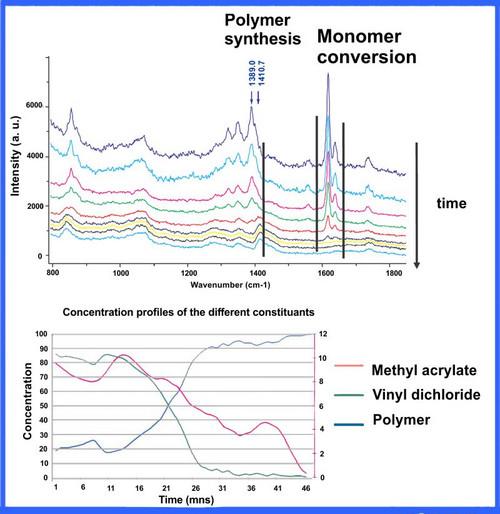
Raman spectra, in conjunction with Multivariate (Chemometric) Analysis, have been demonstrated to provide real-time information on the progress of a polymerisation reaction. As shown by this example, these results can provide unexpected information on the details of the reaction. in this case, the inequivalent reaction rates of the two monomers. Such information ultimately enables the process engineer to optimise his process.
Using Chemometrics and Raman Spectra for Quantitative Predictions of Physical and Chemical Properties of Polymers
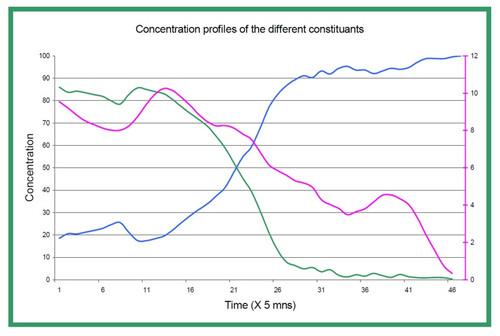
As far as polymeric fibres are concerned, slight modifications of Raman features are directly related to differences in the molecular orientation and the degree of crystallinity of the fibres. To utilize these subtle spectral changes and correlate them with physical properties of the polymer, one is obliged to use Chemometrics on the Raman spectra. The resulting synergism between Raman spectroscopy and Chemometrics will provide a powerful tool for monitoring and control of manufacturing of polymeric materials.
Raman Imaging of Holographic Gratings Inscribed on Polymer Thin Films
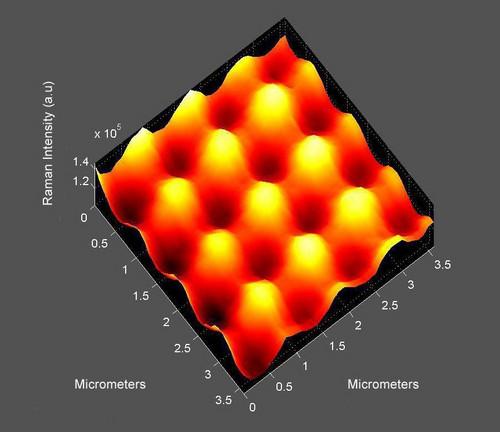
Using holographic techniques we have structured the surface in a one step procedure (no wet nor photocuring processing ) along the X and Y directions. A grating is first inscribed with grooves along the X direction, the sample is rotated by 90° and a second grating is inscribed with grooves along the Y direction. The intensity of the 1st diffracted orders is monitored to have equal intensities in both X and Y directions.
Raman Mapping of Wheat Grain Kernels
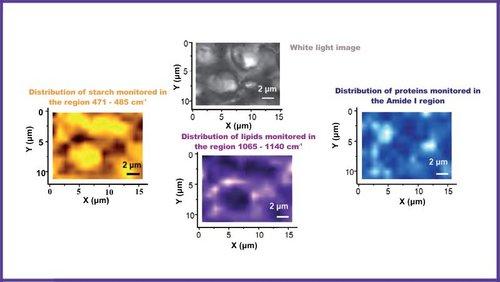
Raman analysis of a 50 μm section of a wheat grain kernel has allowed spectral features corresponding to starch, lipid and proteins to be identified. The distribution of these components on the micron scale has been studied using a Raman mapped image. Decomposition of the Amide I band allows a correlation between protein structures and grain hardness.
Valuable analysis tool for cosmetics and skin characterization
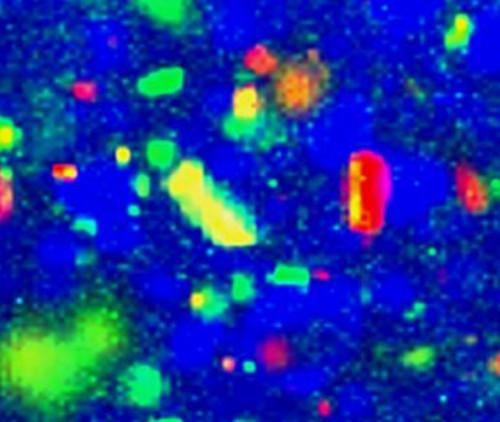
Confocal Raman Spectroscopy is an important analytical tool in various fields and it has shown high efficiency for specific applications in the cosmetic and/or pharmaceutical fields. Its non-invasive behavior, and its high molecular sensitivity make it one of the preferred label-free analytical techniques to characterize materials such as skin and cosmetic products.
Milk compounds characterization by optical spectroscopies and laser diffraction
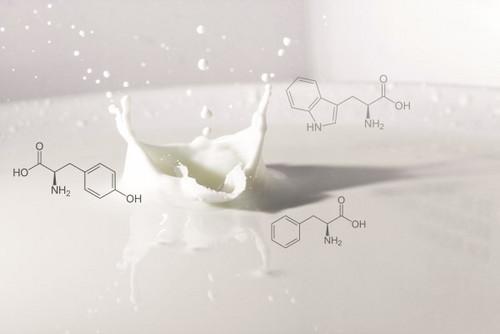
In the food industry, the compounds characterization is a critical step to ensure the quality of the products or to provide information to customers which can be sensitive to allergies. In this application note, we showed how optical spectroscopies and laser diffraction can help for food compounds characterization, especially on a specific product, i.e. milks.
Pigment identification of an old Japanese flag “Hinomaru” using micro-XRF and Raman microscopy

This application note introduces pigment identification using micro-XRF and Raman microscopy on a Japanese flag “Hinomaru”, which is presumed to be the oldest and designed by an ancient Japanese Emperor Go-Daigo. The two spectroscopic analyses identified that the red pigment used on the flag matched the cinnabar ore (Mercury(II) sulfide) mined from the Mine near the place where the Emperor lived.
Morphological and chemical characterizations of microplastic particles using ParticleFinderTM and Raman techniques

The assessment of microplastics in a marine environment is a multi-step process (sampling, extraction, detection and quantification of microplastics), in which each step is time consuming. Analyzing the chemical composition and morphology of microplastics represents a real challenge for answering crucial questions about the sources and fate of microplastics in aquatic environments.
In this application note, we present a reproducible and time-effective method for fast and thorough morphological and chemical characterization of microplastics using a semi-automated scanning of particles coupled to micro-Raman spectroscopy. The rapid analysis of large number of collected particles allows for an exhaustive assessment of both large sample sizes and small subsamples.
